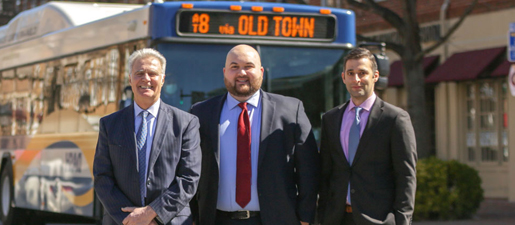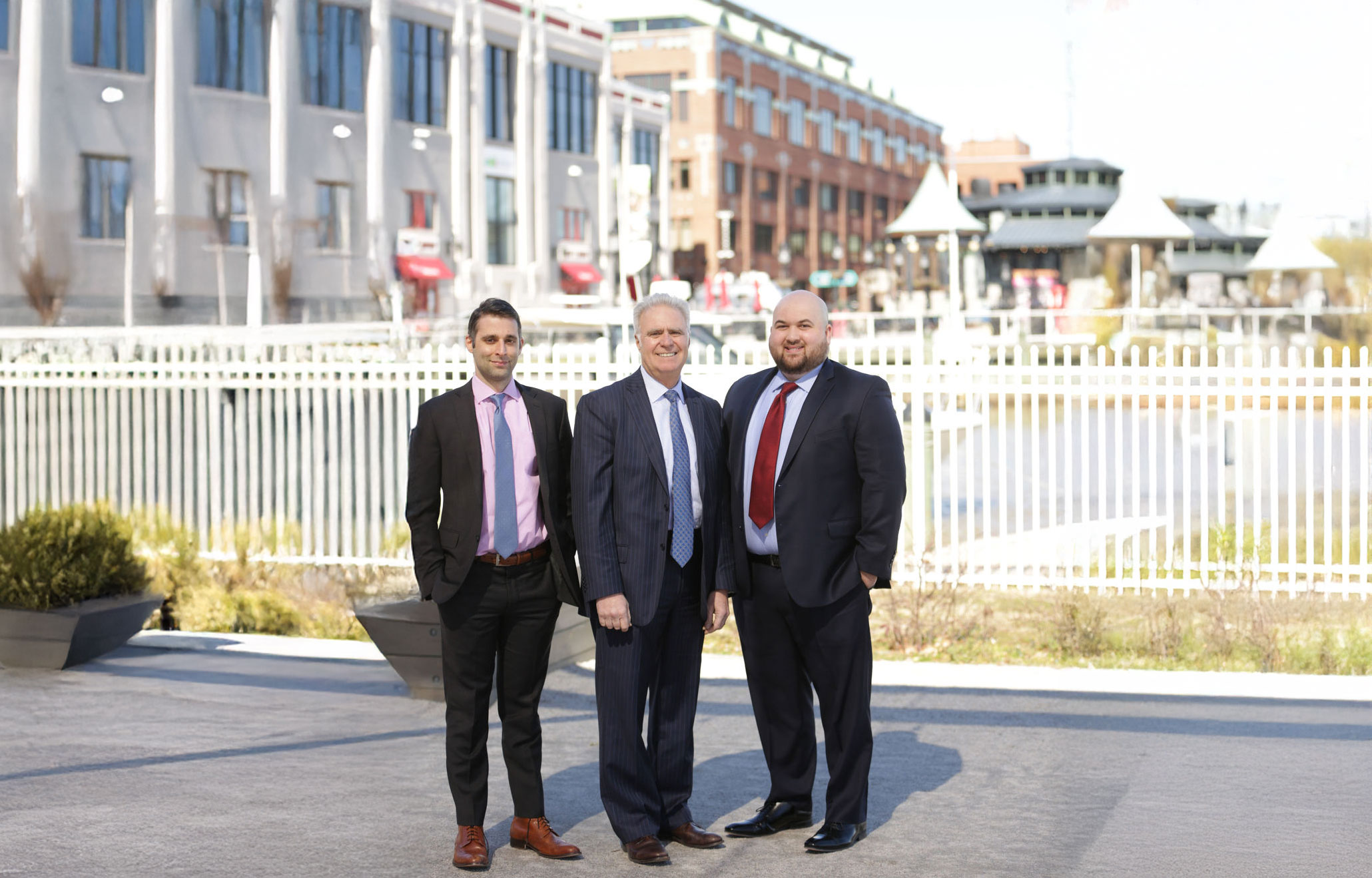Pedestrian fatalities in the United States have reached an alarming high, positioning the country as a leader in this troubling statistic. As highlighted in the Freakonomics Radio podcast episode titled “Why Is the U.S. So Good at Killing Pedestrians?”, the U.S. witnessed over 7,500 pedestrian deaths last year, marking the highest toll in over four decades. In stark contrast, nations like northern and western Europe, Canada, and Japan maintain significantly lower pedestrian fatality rates. In this article, we delve into the factors unveiled by the podcast that contribute to this disconcerting trend and explore the underlying reasons behind the persistently high number of pedestrian deaths.
Vehicle Size and Design
One paramount contributor to the pedestrian fatality rate in the U.S. is the sheer size and structure of vehicles dominating American roadways. The prevalence of larger vehicles such as SUVs and trucks amplifies the severity of accidents involving pedestrians, given their elevated bumpers and substantial mass.
More Driving
As echoed by the podcast, the average American drives approximately 55 minutes each day and takes about 4 trips a day, resulting in escalated interactions between vehicles and pedestrians.
Drivers Have More Distractions
The advent of smartphones and advanced in-car technologies has ushered in an era of driver distractions. Activities such as texting, engaging with social media, or adjusting navigation systems divert drivers’ focus from their surroundings, culminating in catastrophic consequences for pedestrians.
Shift Away from Older Cities
The shift away from older cities characterized by narrower streets has steered populations toward regions with wider and faster roadways.
“Imagine two or three lanes in each direction, a McDonald’s, a Home Depot, lots of driveways, maybe there’s sidewalks, maybe there’s not. People are pulling in, people are pulling out. You’re going to have crashes there. And in fact, when we do crash hot-spot analysis, these are by far the most dangerous streets in the nation. In most cities, about 80 percent of the crashes occur on about 15 to 20 percent of the roadways.” Kelcie Ralph-Transportation scholar at Rutgers University
The narrower streets of older urban centers inherently promote slower driving, affording greater protection to pedestrians—a safety advantage that has eroded in the wake of urban planning shifts.
Conclusion:
Pedestrian fatalities in the U.S. are a consequence of multiple interrelated factors, as revealed in the Freakonomics Radio podcast. Each of these factors demands careful consideration in efforts to enhance safety. By understanding these causes, we can begin to implement meaningful changes that protect pedestrians and reduce the toll of tragic accidents on American roads.
Source: Freakonomics Radio – “Why Is the U.S. So Good at Killing Pedestrians?” – https://freakonomics.com/podcast/.

